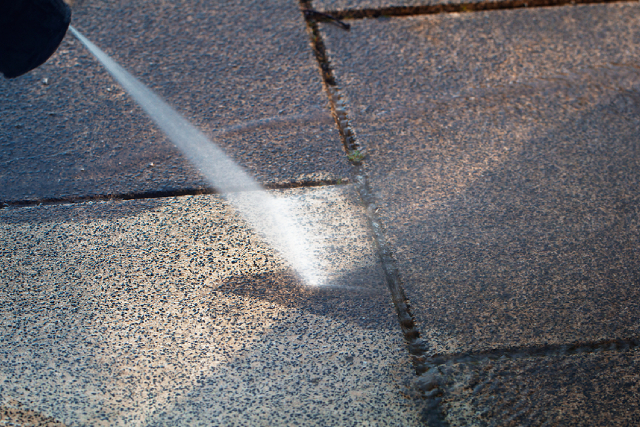5 High-Pressure Washer Safety Tips To Prevent Injury

A high-pressure washer is an excellent cleaning tool if used correctly and safely. High-pressure washers are basically designed to spray water with extreme force and power enough to eliminate tough grime on different surfaces, such as wooden decks and concrete and paved areas. However, as with any other machine, there are safety precautions you must take when operating a high-pressure washer. It is also important to take note of the different types of pressure washers and their functions.
When used improperly, a pressure washer can cause injuries, such as skin lacerations, bruising, punctures, and eye injuries. Usually, high-pressure wounds happen when the spray from a pressure washer injures the underlying soft tissue. While these wounds may not appear serious at first, getting them treated right away is necessary, as they can lead to more severe conditions, such as bacterial infection or disability.
Here are some of the most important safety tips you should follow when operating a high-pressure washer in order to avoid possible injuries.
1. Wear the appropriate PPEWater that is highly pressurised is no joke. It can cause serious injuries when it comes into contact with your skin. You should wear proper pressure-washing PPE when operating a high-pressure washer. Wear a long-sleeve shirt and full-length pants to help secure your skin against flying debris. You should also wear non-slip, closed-toe shoes and heavy-duty waterproof gloves to protect your feet and hands. Safety glasses and ear protection may also be necessary.
2. Survey the area for hazardsWater and electrical outlets do not mix – this combination can basically result in electrical shock, so it is important to steer clear of electrical wires or power lines when using a high-pressure washer. If your pressure washer is electric with an extension cord, be sure not to place the power cord connection in or near standing water. Additionally, move any fragile objects out of the way. Before operating a pressure washer, you should clear the area of any tripping hazards and unnecessary people or pets.
3. Select the right nozzle openingSmaller nozzle openings provide a more concentrated stream of water, posing a greater risk to bodies and surfaces. In using a high-pressure washer, begin with the nozzle that has the widest-angle spray (i.e., green or white nozzles) to determine if it will do the trick. If it does not work, move to the yellow nozzle. Only use the red or 0-degree nozzle when necessary, as the spray from this nozzle can be forceful enough to cut into concrete.
4. Maintain proper distanceNever spray too close to the surface you are cleaning. To avoid any potential injury, be sure to follow the distance guidelines given by the pressure washer manufacturer. Moreover, never be tempted to rinse your hand or any part of your body using the pressure washer. A high-pressure washer can seriously hurt your hand and cause intense bleeding.
5. Depressurise once doneAfter turning off the high-pressure washer, make sure to squeeze its trigger so that the remaining pressure will be released before you disconnect it. If you do not do this, injuries may occur from trying to disassemble the nozzle, spray gun, or hose. Ultimately, depressurising once you are done using the pressure washer is a very important step that you should not forget to do if you want to avoid serious injuries.
Conclusion
High-pressure washers are compelling cleaning tools that can cause severe damage or injury when misused. Just like any other piece of equipment, such as electric diaphragm pumps and wet and dry vacuum cleaners in Singapore, using a high-pressure washer comes with a few risks. For this reason, it is necessary to observe safety precautions in using a pressure washer to avoid damage or injury.

